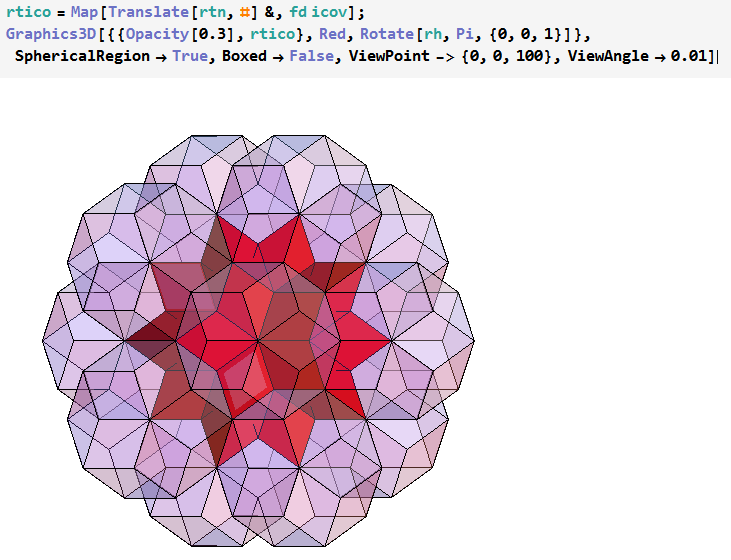FWIW here are some styles I use when collaborating -- i.e. I am doing the programming but others are commenting on outcomes and providing feedback:

The basic cell style is:
Cell[StyleData["Mike", StyleDefinitions -> StyleData["Text"]],
CellFrame->{{4, 0}, {0, 0}},
CellMargins->{{66, 10}, {7, 7}},
CellFrameLabels->{{
PaneBox[
StyleBox["Mike", 12, FontFamily -> Arial, Bold], ImageSize -> 60,
Alignment -> {Center, Center}], Inherited}, {Inherited, Inherited}},
MenuSortingValue->2,
StyleMenuListing->True,
FontFamily->"Helvetica",
FontColor->RGBColor[0.266667, 0.172549, 0.0823529],
Background->RGBColor[0.94, 0.91, 0.88]]
This might be useful to some people -- you might want to add date and time stamps to discussions. Example usage

Edit - adding a date and time stamp
In reply to @rm -f question, adding a date and time was far more complicated than I expected. Firstly I don't think a cell label is the place for this because labels can easily be removed by clicking on them and pressing delete. Also these comment styles are based on text cells rather than input. So placing a date stamp as a cell frame labels seemed a better way to go.
For a few years I have been using a palette button for pasting a date and time into a notebook. I cannot remember the source of the code to give attribution -- it may have been Mathgroup or it may have been from someone at Wolfram. The problem was how to use that code in a stylesheet. Functions in stylesheets are associated with ButtonFunction, Counterfunction, InterpetationFunction etc. In other words they occur where a function is expected. So I decided to modify the code and use it in a button
The code below works by adding a button to the cell frame. This button contains a modified version of the palette button I have been using. The trick was to get it to work in a cell frame. After much trial and error it seemed that the best way to do this was to have a button that replaced itself with the date and time stamp. Note I have used Append in the code. SetOption and CurrentValue did not work for reasons I do not understand.
Cell[StyleData["Mike", StyleDefinitions -> StyleData["Text"]],
CellFrame->{{4, 0}, {0, 0}},
CellMargins->{{66, 10}, {7, 7}},
CellFrameLabels->{{
PaneBox[
StyleBox["Mike", 12, FontFamily -> "Arial", Bold], ImageSize -> 60, Alignment -> {Center, Center}], Inherited}, {
Cell[
BoxData[
ButtonBox[
StyleBox[
RowBox[{"date", " ", "stamp"}], FontFamily -> "Helvetica", FontColor -> GrayLevel[0]], Active -> True, Appearance -> {Automatic, "DialogBox"},
ButtonFunction :> Module[{dy, hr, mn, tmp}, {dy, hr, mn} = Map[(LinkWrite[
First[$FrontEnd],
FrontEnd`Value[#]]; LinkRead[
First[$FrontEnd]])& , {"DateLong", "Hour", "Minute"}]; SelectionMove[
InputNotebook[], All, ButtonCell];
Set[tmp,NotebookRead[
InputNotebook[]]];
NotebookWrite[
InputNotebook[],
Append[tmp, CellFrameLabels->{{PaneBox[
StyleBox["Mike", 12, FontFamily -> "Arial", Bold], ImageSize -> 60, Alignment -> {Center, Center}],Inherited},{Cell[
TextData[{ dy, " at ", hr, ":", mn}],
"Text", Background->None,FontFamily -> "Arial",FontSize->9],Inherited}}]]
], Evaluator -> Automatic]]], Inherited}},
MenuSortingValue->2,
StyleMenuListing->True,
FontFamily->"Helvetica",
FontColor->RGBColor[0.266667, 0.172549, 0.0823529],
Background->RGBColor[0.94, 0.91, 0.88]]
Here is a grab of a cell using "Mike" style.

Now a grab after pressing the "date stamp" button














stackmmagithub account and astylesheetrepository that users of this site can contribute to. A lot of folks here use github for hosting their code so I went with that instead of bitbucket. Although a.nbfile doesn't lend itself to being versioned easily, it could still serve as a host. Since you have familiarity with github for collaboration, do you have to approve every commit to the repo or can you "approve" collaborators who have the same rights as you do? $\endgroup$